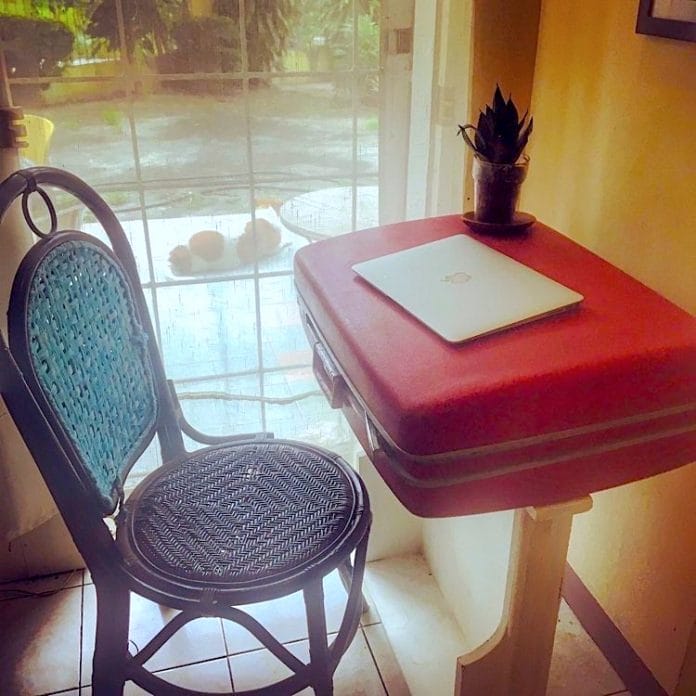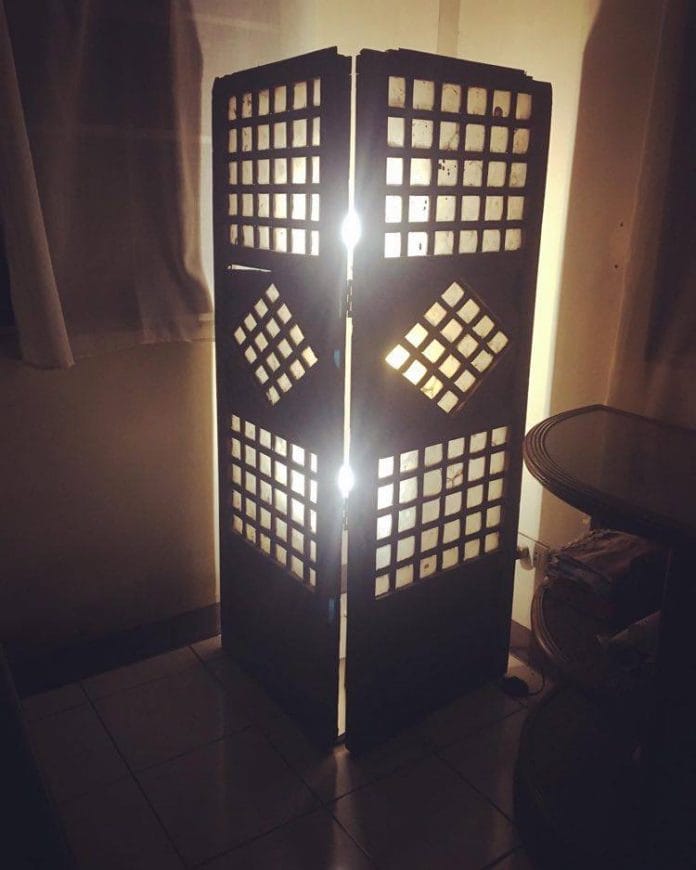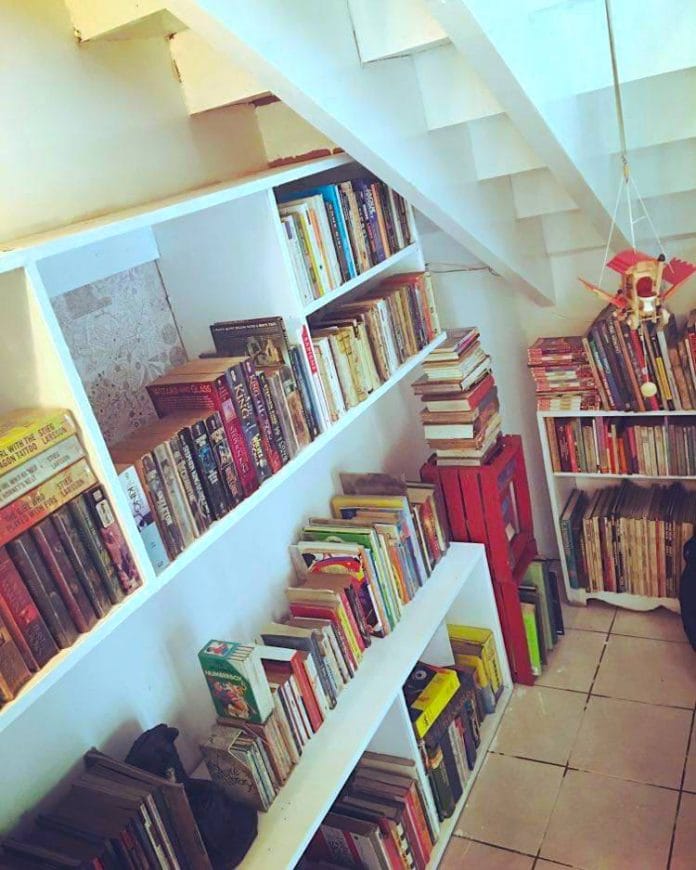Some people have a natural knack for creating beautiful things. Cecile Jusi Baltasar — writer, mom to two children, wife, and homemaker — is one of them. Her interest in “manipulating furniture into works of art” started in high school when she transformed a generic wooden desk into an all-black piece with a poem handwritten in white paint on one side of the desk. Since then, she’s been upcycling broken things into functional pieces or breathing new life into old objects.
“I’ve always liked working with my hands. It relaxes me,” Cecile says.
In the home she lives in with her family south of Manila, she’s in love with the “nooks and crannies that are so ready to become creative spaces.” But her favorite is the space under the stairs — that usually dark corner that reminds everyone of Harry Potter. When Cecile and her family moved into their present home more than two years ago, that space became “the catch-all for clutter.” Fast forward to the present, Cecile has brightly transformed the 8×3 feet space into a mini library!
Here’s how she did it: “I painted everything, including the stairs overhead, white. The space didn’t have shelves, so I had someone take down the shelves from my daughter’s room and put them up in the library. She didn’t use those shelves because they were too high to be any good. I painted the shelves white, too. And then I moved in most of our books, put in a hammock, and now, all it needs is a comfortable armchair, which I’m still looking for, and space would be complete.”
Tips for upcycling beginners
Cecile’s advice is pretty simple: “To design a space, you just make it your own.” It makes a lot of sense to simply go for what you like and need instead of following trends and inspiration from design websites. “Picture how you want the space to look like, what pieces you would like to be there, and go from there,” she adds.
It’s okay to look at design inspirations but what will eventually make the space unique, according to Cecile, is your personality.
Here are more designing and upcycling tips from Cecile:
- Have a well-stocked toolbox, but only buy good-quality tools and accessories as you need them, so you don’t end up with things you don’t actually use.
- It would be ideal to have a dedicated space in your home where you can do your projects. That way, all your tools and unfinished projects can just stay put. But this special workspace is not necessary. You can make your projects anywhere you want, as long as you make sure you don’t leave glue on chairs or nails on the floor.
- Protective gear is good to have — safety goggles when you’re drilling something, gloves when you’re sanding wood, etc.
- As for creating pieces, DIY websites are overflowing with tips on handling tools, cutting wood, etc. For your safety, follow these faithfully. But for some tasks, it would be a good idea to outsource them to professionals — for example, painting a big space or working on projects that involve electrical and plumbing know-how.




